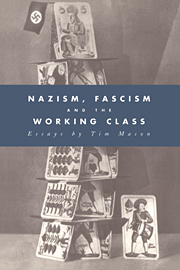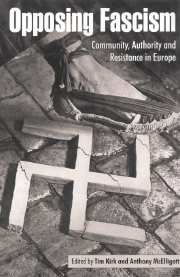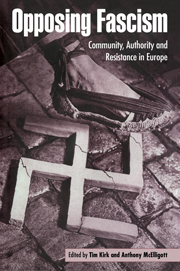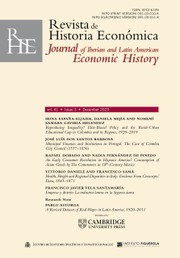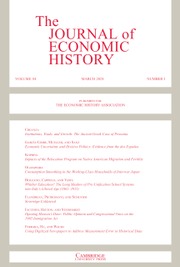Nazism and the Working Class in Austria
The image of Hitler as a demagogic 'pied piper' leading astray the 'little people' of Austria is as misleading as it is powerful. Nazism and the Working Class in Austria is a case study of the ambiguous relationship between state and society in Austria under the Nazis. It places the experience of Austrian industrial workers in the Third Reich in a broader historical context, from the origins of the earliest 'national socialist' movements in the backwaters of the Habsburg empire to the end of the Second World War. Workers did not seriously attempt or even expect to overthrow the Nazi regime in the face of unprecedented surveillance and terror; but neither were they converted, and their oppositional strategies and disgruntled political opinions reveal a truculent workforce, rather than one that was contented and converted.
- One of the first studies of Austria under the Nazis which corrects the Sound of Music image of wartime Austria
- The book shows that most of the Austrian workforce was disgruntled under the Nazis, rather than converted by the new dogma
- Of topical interest in the context of neo-fascist German nationalism in present-day Germany and Austria
Reviews & endorsements
'… a valuable contribution to our understanding of the complex relationship between the working class and Nazism. Well-researched and well-written, it is thoughtful and stimulating in approach, and deserves a wide readership.' Detlef Mühlberger, Labour History Review
Product details
October 1996Hardback
9780521475013
206 pages
229 × 152 × 13 mm
0.437kg
Available
Table of Contents
- Introduction
- 1. Austrian fascism, 'Austro fascism' and the working class
- 2. Economic integration and political opposition between the Anschluss and the war
- 3. The war economy and the changing workforce, 1939–45
- 4. Work discipline in the war economy
- 5. Popular opinion and political protest in working class communities
- Conclusion.


